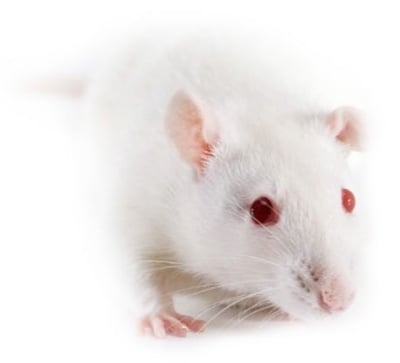hApoE2 knockin rats
HsdSage:SD-ApoE2em1(hApoE2)Sage

Location
Order Today
Typically heterozygous rats are cryo-recovered in 10-12 weeks to an age of 7 weeks old. Subsequently homozygous rats to an age of 7 weeks old can be produced within 20-22 weeks.
- Background strain: Sprague Dawley
Availability: Cryopreserved as heterozygous embryos
Zygosity genotype: Homozygous as live colony
Human apolipoprotein E (ApoE) is primarily present in the liver, kidney, and spleen, where it plays a critical role in cholesterol and lipid transport and metabolism. In the central nervous system, ApoE is synthesized and secreted by astrocytes, microglia, and neurons where it is involved in injury repair. Human ApoE (hApoE) exists as three major isoforms, ApoE2, ApoE3 and ApoE4, which are the products of three alleles at a single gene locus on the long arm of chromosome 19 in the human. hApoE2 is thought to be protective of AD, hApoE3 seems to be WT or neutral, and hApoE4 appears to yield a higher incidence for Alzheimer’s disease. In this hApoE2 knock-in rat, the rat endogenous ApoE codon region is replaced with the corresponding part of human ApoE2.

Available regions:
For pricing information, please contact us using the phone number above.

Research use and related publications
- Atherosclerosis
- Cardiovascular
- Alzheimer's disease
- Dopaminergic cell toxicity
- Neuroscience





